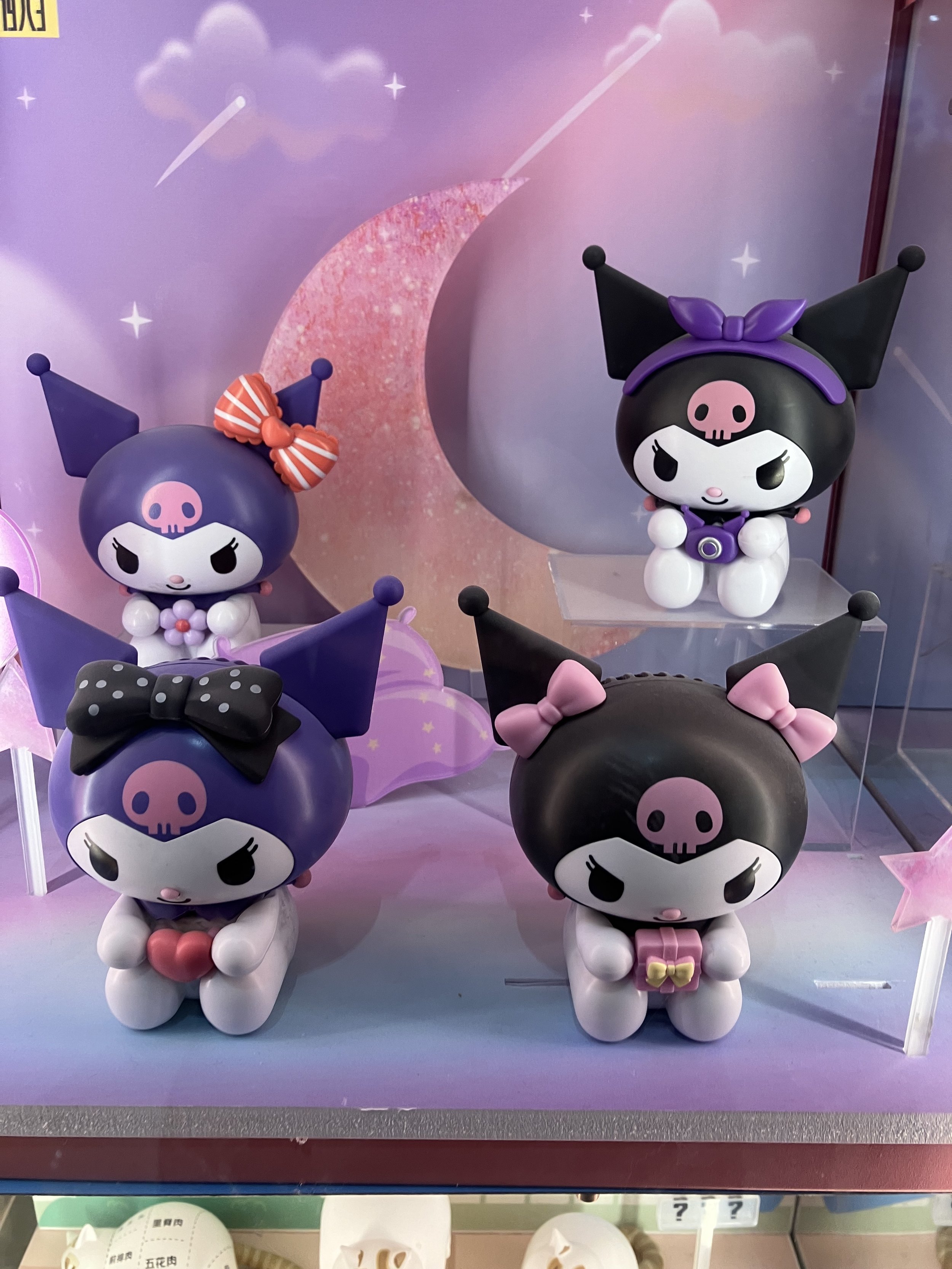Telling Your Toy Story: Fans’ Storytelling Practice in Shanghai Disneyland
/It was 4AM in Shanghai, and a group of people in colorful clothing suddenly appeared. They were headed for a magical place: Shanghai Disneyland. They were up so early to wait in line for hours in order to get their hands on limited series products and to meet the characters – some, like Mulan, from major films but others, like LinaBell, solely from a toy line – in the park. This might seem extraordinary, but it’s actually an everyday occurrence—let’s talk about it.
This post is part of a themed series on toys that asked contributors to think about a toy/toys/toy company and explore how various cultures, groups, audiences, or companies find and make meaning (or money) through such play.
Read More
































